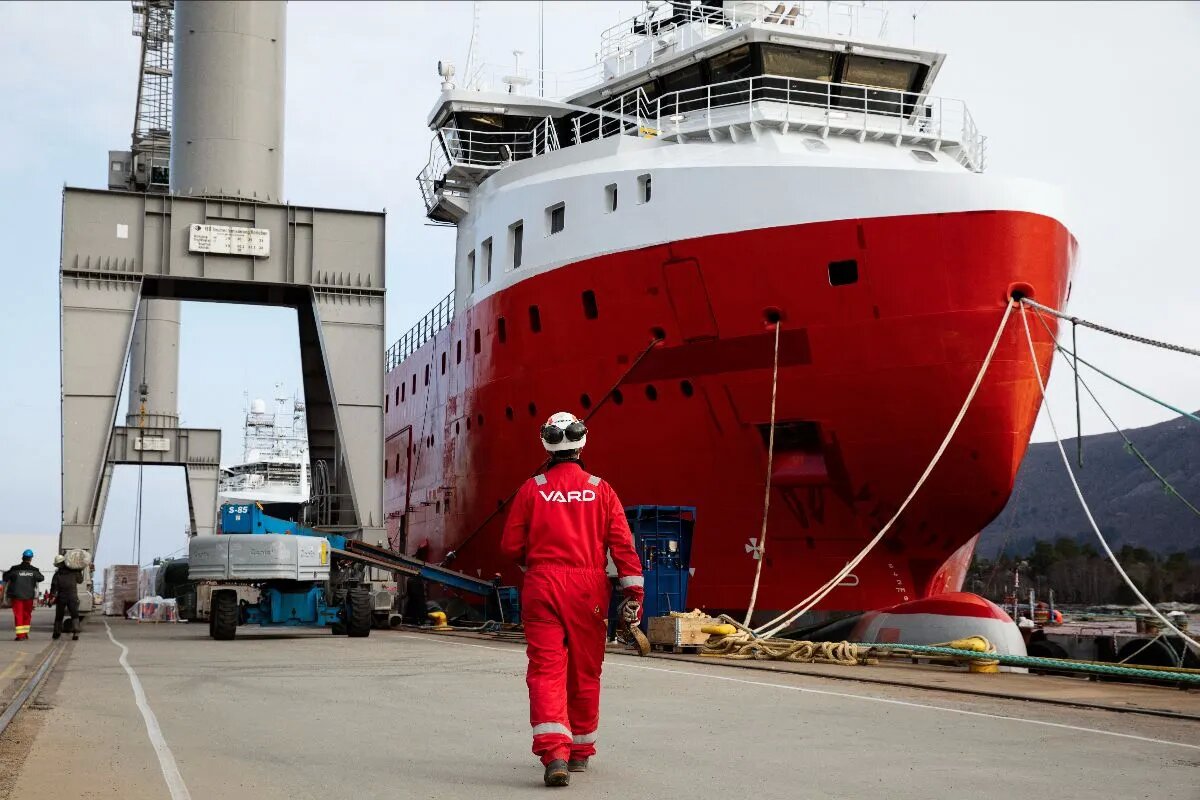Sidus Space reports that it has introduced a new near real-time vessel detection and classification capability enabled by its hybrid 3D printed LizzieSat satellite platform.
The system processes data directly onboard LizzieSat using Sidus’ Orlaith AI Ecosystem, which incorporates FeatherEdge onboard edge computing hardware, alongside OrbitfyEdge software from partner Little Place Labs.
The company says the integration will reduce latency and support rapid maritime intelligence delivery from orbit.
Sidus and Little Place Labs signed a Memorandum of Understanding in January 2025 to collaborate on integrated satellite systems combining edge processing and AI. The partnership is expected to deliver vessel detection and classification results within one hour of satellite observation.
OrbitfyEdge processes satellite imagery in space without requiring a downlink to Earth before analysis. The technology also cross-references Automatic Identification System (AIS) data to detect and flag non-compliant or unregistered vessels, including those potentially engaged in illegal activity such as unlicensed fishing or piracy.
Each LizzieSat is equipped with Sidus’ Orlaith AI Ecosystem, including the FeatherEdge onboard computer and Cielo software for managing space-based data. The satellites operate via inter-satellite links to maintain low-latency data transfer.
Initial rollouts will target high-traffic maritime zones, with wider coverage expected as new satellites are launched.
“By enabling edge processing in orbit with our FeatherEdge onboard edge computing hardware, we’re reducing the time from data capture to actionable insight, which is critical for operations where every minute counts,” said Jim Larson, Sidus Space Senior Vice President of AI Strategic Initiatives.
“This collaboration underscores our commitment to advancing space-based AI and making satellite data more immediate and impactful.”






